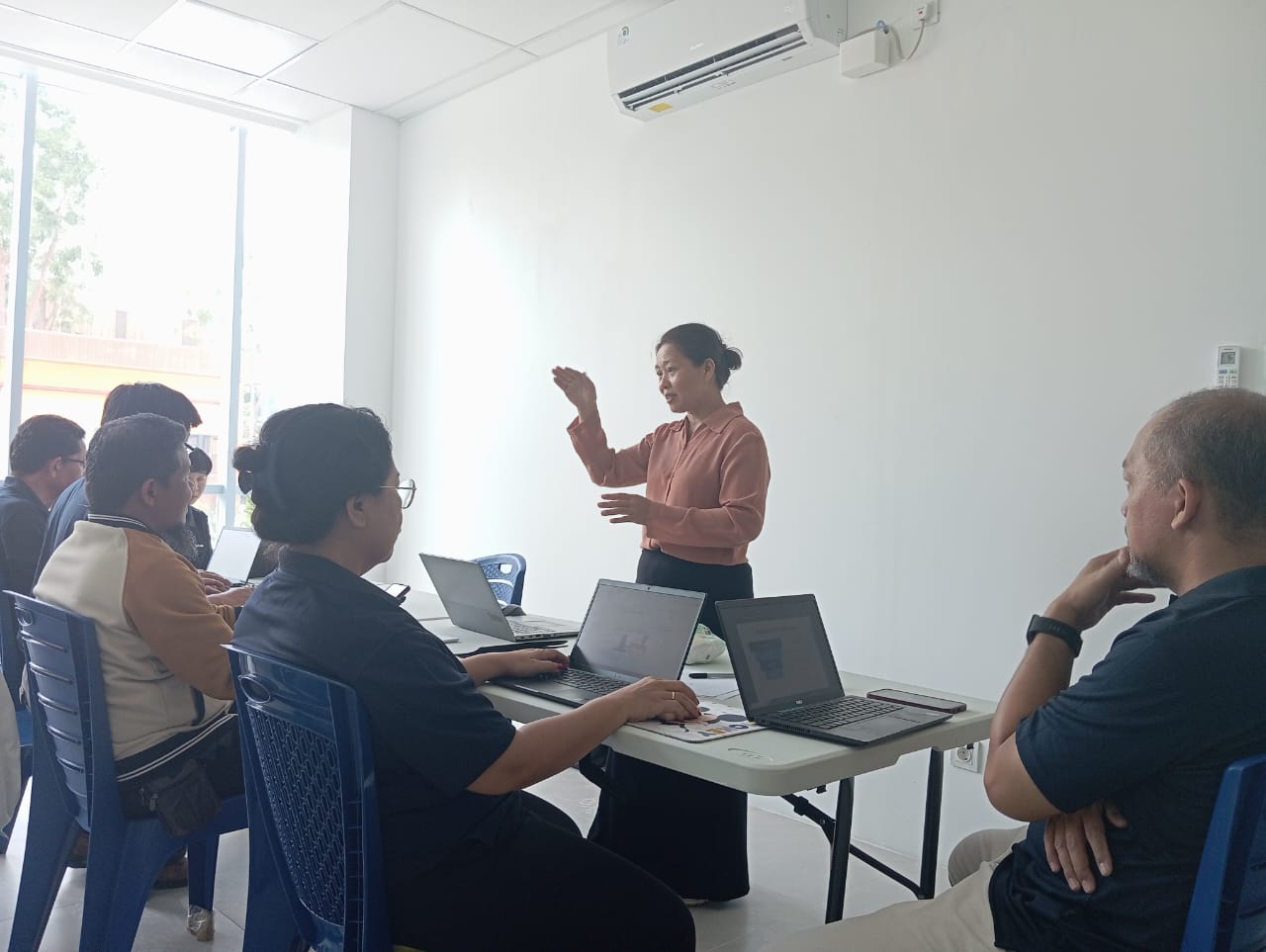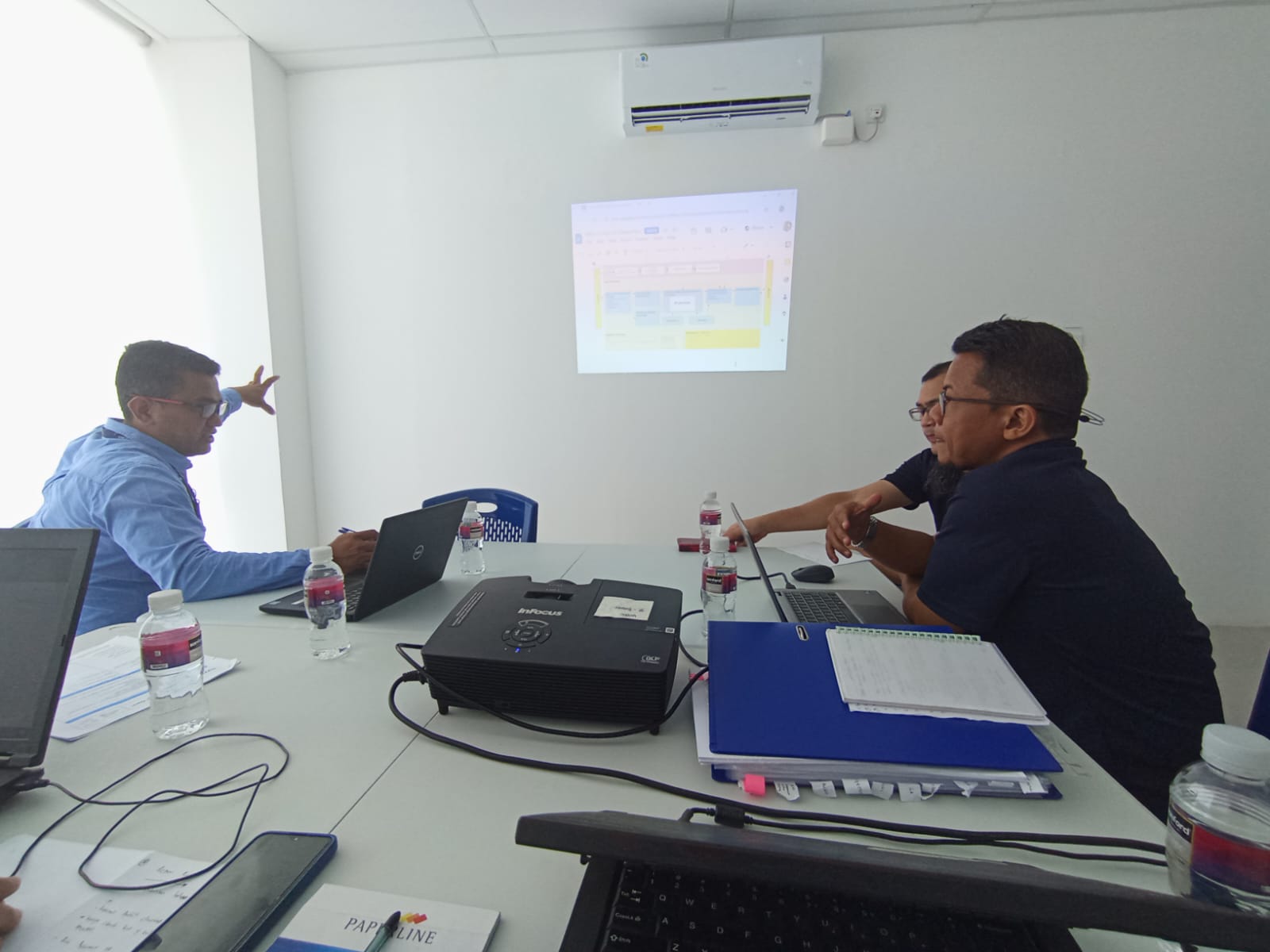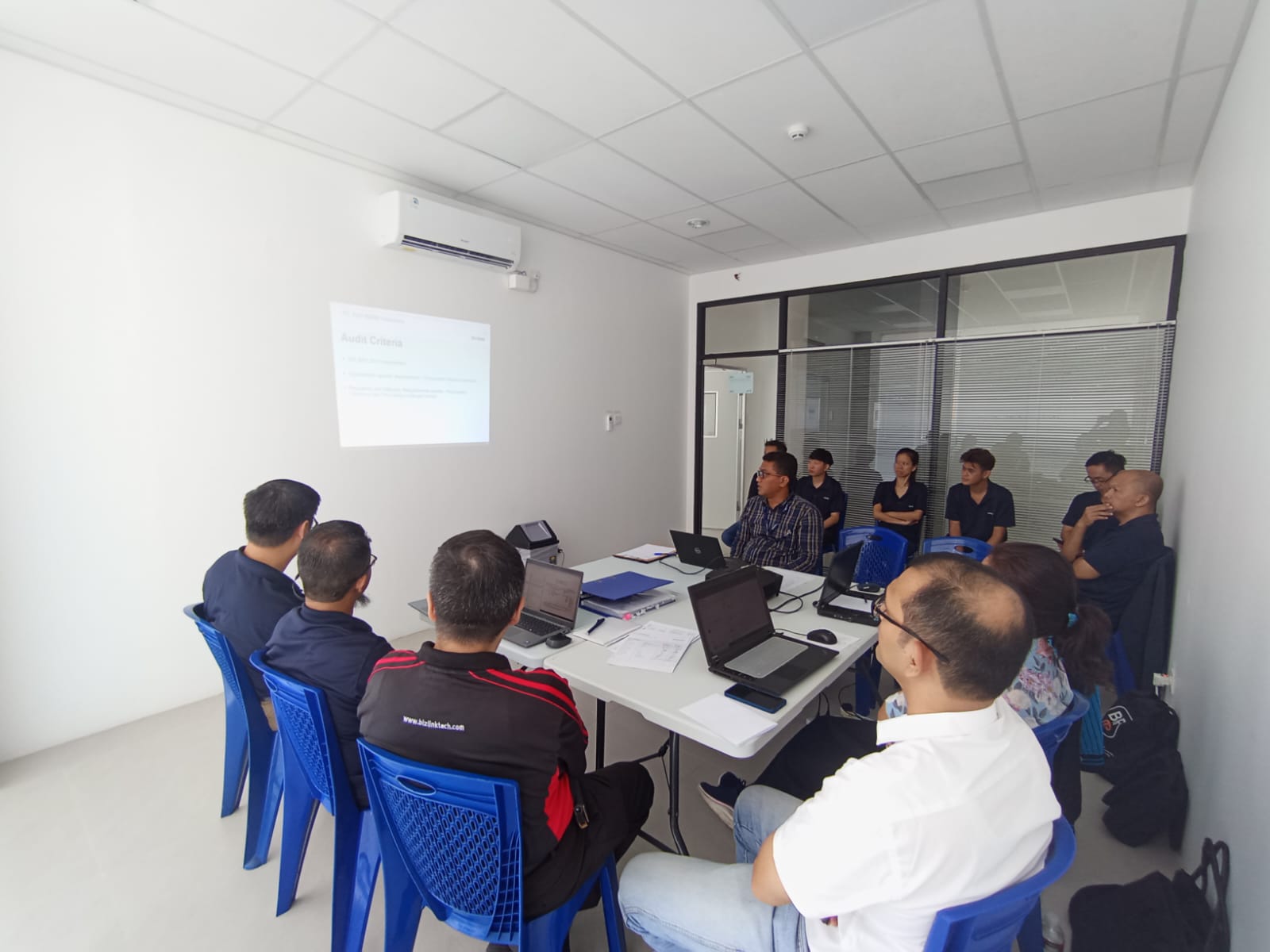Let’s illustrate this: Your team has been working hard for months, compiling documents, training employees, and getting everything ready. The ISO auditor arrives, spends a few days at your company, and then… comes the disappointing news. You “failed” the audit.
Mixed feelings will surely creep in: shame, frustration, worry, and the biggest one is the question, “What should I do now?”
Take a deep breath. Pause for a moment.
First, let’s clear up a common misconception. In the world of ISO audits, the term “failure” is actually not entirely accurate. Instead, it refers to a “Non-Conformity Finding” or “Observation .” This isn’t the end of the world, but rather a starting point for more robust improvements.
So, don’t panic. Today’s failures are the foundation for tomorrow’s certification success. Here are the concrete steps you need to take.
Step 1: Handle Emotional Reactions, Then Build the Right Mindset
Give your team room to be disappointed, but don’t let it get to you. As a leader, shift the narrative from “We failed” to “We gained valuable insights to improve.”
Auditors aren’t the enemy. They’re “doctors” who help diagnose weaknesses in your management system. Their findings are a recipe for long-term organizational health.
Step 2: Deconstruct the Audit Report – Understand the Root Cause
Don’t just read the conclusions. Take the audit report and sit down with the core team. Analyze each non-conformance finding with a cool head . questions critical :
- What actually happened? (For example: “Document control procedures were not followed for 3 of the 5 documents examined.”)
- Why is this happening? (This is the point! Is the procedure too complicated? Is there not enough training? Or is there ” weird ” culture that has take root ?)
- What is the impact on the business? (This will help motivation. For example, non-conformity in defective product control means risking loss of customers and money.)
Real Case Example:
A printing company “failed” because its cutting machine calibration records were incomplete. Instead of blaming the operator, they asked “why?” It turned out the calibration reminder system was stored in an easily forgotten Excel file. The solution? They implemented an automatic reminder system in a shared digital calendar and placed “Next Calibration: [Date]” stickers on each machine. Simple, but very effective.
Step 3: Plan and Execute “Smart” Corrective Actions
Once the root of the problem is found, it’s time to take action. Use approach CAPA (Corrective and Preventive Action) .
- Corrective Action : Repair problems that have been happened . In the example printing above , that means quick calibrate the machine that was left behind and recorded it .
- Preventive Action : Prevent problem repeating back . This is part most important ! In the example earlier , the action prevention is apply automatic reminder system and training short .
Make sure your corrective actions are SPECIFIC, MEASURABLE, and REALISTIC to implement. Don’t create new procedures that are more complicated than the problem.
Step 4: Communicate and Involve the Entire Team
The biggest mistake is to handle failure audits by only a handful of people at the management level. ISO systems are about culture, and culture involves everyone.
Explain to all staff:
- Findings what you get .
- Why it is important to fix it.
- What is their role in this corrective action.
- How this improvement will actually make their work easier later.
By involving them, you build a sense of ownership and prevent resistance to change.
Step 5: Use the Grace Period Wisely
Typically, after an audit, you’re given a specific period (such as 60 or 90 days) to complete corrective actions. Don’t delay! Make the most of this period.
Create a clear timeline, assign responsibility for each action, and hold regular (e.g., weekly) meetings to monitor progress. Submit evidence of improvements to the auditor by the agreed deadline.
Audit Failure Can Be a Blessing in Disguise
Companies that immediately “pass” the first audit perfectly can sometimes become complacent. Conversely, companies that go through this improvement process often emerge with much more robust systems, more mature documentation, and a more cohesive team.
They are forced to look at small gaps that have been ignored but have the potential to become big problems in the future.
So, if you find yourself in this situation, hold your chin up. View audit findings not as a stamp of failure, but as a treasure map leading you to more efficient, high-quality, and resilient business processes.
Now, take that report, gather your team, and start building a stronger foundation. Success your ISO certification only stay one step Again !
Want to know more or need help regarding ISO certification,contacct us at :
- Call Center : 083191312000
- Email : marketing@isospace.id
- Contact : Kristina Saragi,081268161778,kristina@isospace.id





Leave a Reply